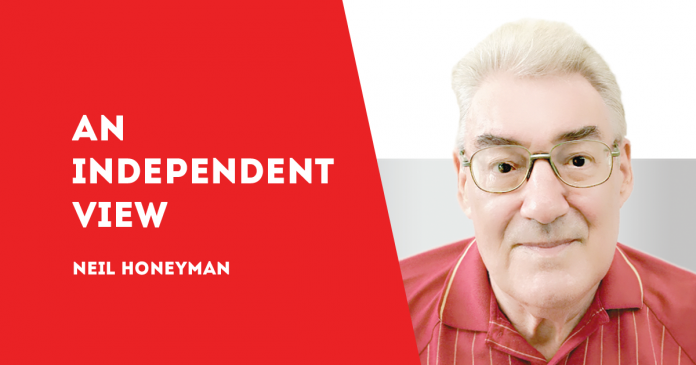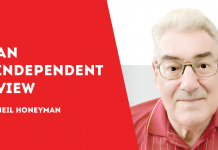
WITHIN the life insurance sector, it is commonplace to hear about financial literary. The mantra says that the investment in life insurance products is curtailed because Filipinos are financially illiterate.
There are those who say that the life insurance industry is expanding because Filipinos are more financially literate than the used to be.
I largely disagree with the hypothesis that the propensity to invest in life insurance products is positively related to financial literacy.
A major component of financial literacy is an understanding of the nature and magnitude of risk. Some say that the level of risk in connection with the life insurance industry in the Philippines is too high and that, consequently, they are not prepared to make investments. I cannot assert that these people are financially illiterate.
***
Towards the end of August 2008, an advertisement for a single premium life insurance product appeared in the print media. The product was jointly marketed, under the Bancassurance scheme, by BDO and Philam Life. The product was ‘principal protected’ by New York-based company AIG. Philam Life was a wholly-owned subsidiary of AIG.
By early September 2008, there were rumors that AIG was unable to meet its obligations. A few days later, these rumors were found to be true. This was the second major collapse of an American financial institution within the past few weeks. The first was Lehmann Brothers. US Treasury Secretary Hank Paulson did not intervene in Lehmann’s demise so many investors lost large amounts of money.
The AIG situation was eventually adjudged to be different in that there were millions of Americans, and Filipinos through Philam Life, who would also suffer hugely from the collapse of AIG. Eventually, the US government decided that AIG was ‘too big to fail’ and bailed out the bankrupt company. The amount of the bailout was $182.3 billion which was greater than the Philippine national debt at the time.
Why did AIG fail? I would suggest that it was because its senior management was financially illiterate in that it invested in products in which they had not understood the risks involved.
Americans like to call the 2008 event as the ‘Global Financial Crisis.’ I regard this as manipulative. In fact it was an American crisis which spread to other countries due to the intertwining of financial institutions around the world with American companies.
***
Therefore, we aim to minimize risk. One family member was unlucky in that she invested in the advertised BDO/Philam Life product. Although she paid for the policy and completed the formalities, she never received an acknowledgement and she never saw the policy documents.
We made representations to Bangko Sentral ng Pilipinas (BSP) and the Insurance Commission (IC). BSP kindly offered to mediate between ourselves and BDO. We gratefully accepted this offer but BDO declined. This was regrettable because by this time we knew where the problem was. The problem was that Philam Life had received a ‘quit claim’ form dated 19 September 2008 which contained our signatures. We did not sign the form and BDO could have learned that it is not a good idea to give insurance salesmen unfettered access to the bank’s customer signature cards.
The IC asked Philam Life to reply to my concerns ‘within 10 days’ but we did not receive any reply. Further representations by us to IC also were ignored.
Consumer protection in the Philppines’ life insurance sector is inadequate.
I recommend that the Philippine Life Insurance Association (PLIA) accepts a consumer protection role. This would enhance the size and integrity of the life insurance market./PN

